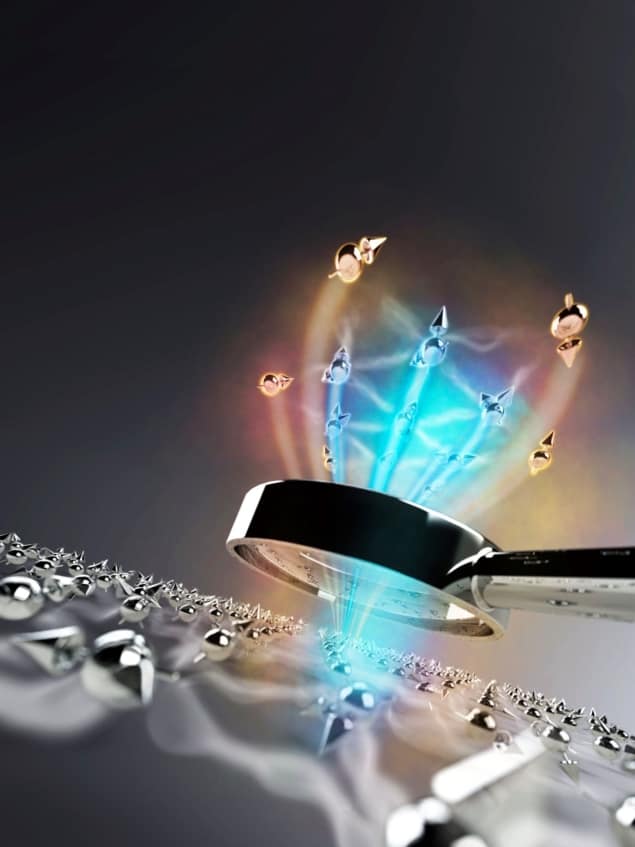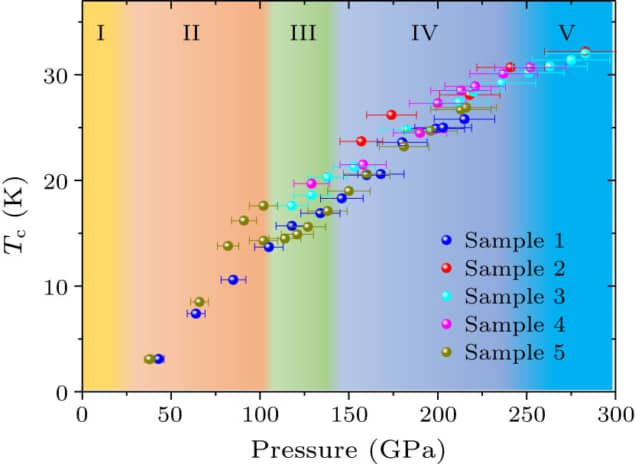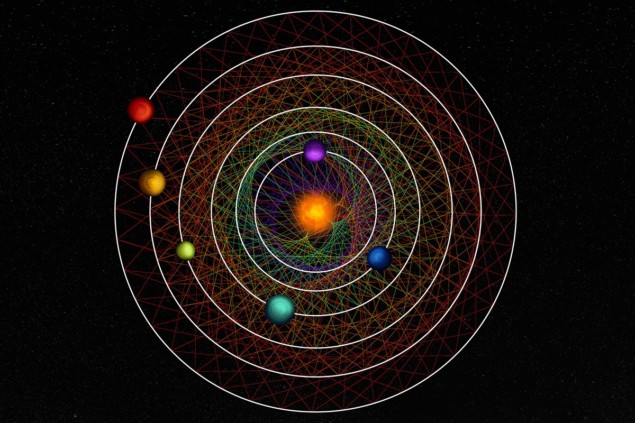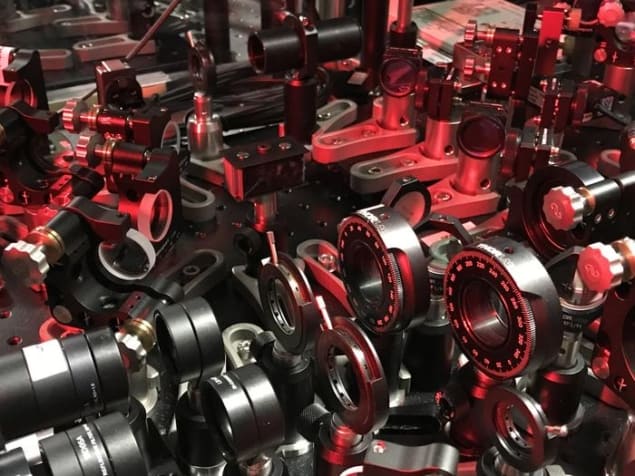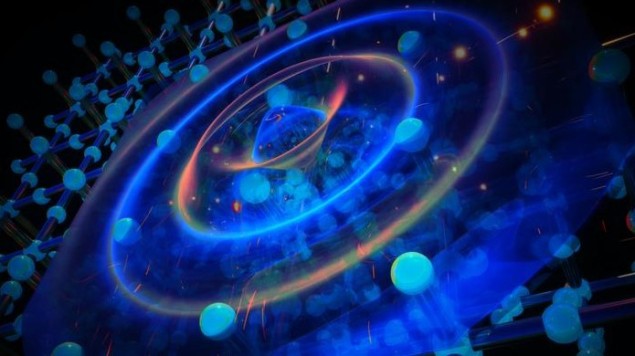Portable optical atomic clock makes its commercial debut
12 Dec 2023
Simple setup: The iodine vapour cells used in Vector Atomic's portable optical atomic clock. (Courtesy: Vector Atomic)
Atoms are the world’s most precise timekeepers – so much so that the second is defined as exactly 9 192 631 770 ticks of a caesium-based atomic clock. Commercially-available versions of these atomically precise clocks underpin GPS, navigation, data transfer and financial markets, and they run at microwave frequencies, or billions of tick-tocks per second. After a day, their timekeeping is out by less than ten nanoseconds.

